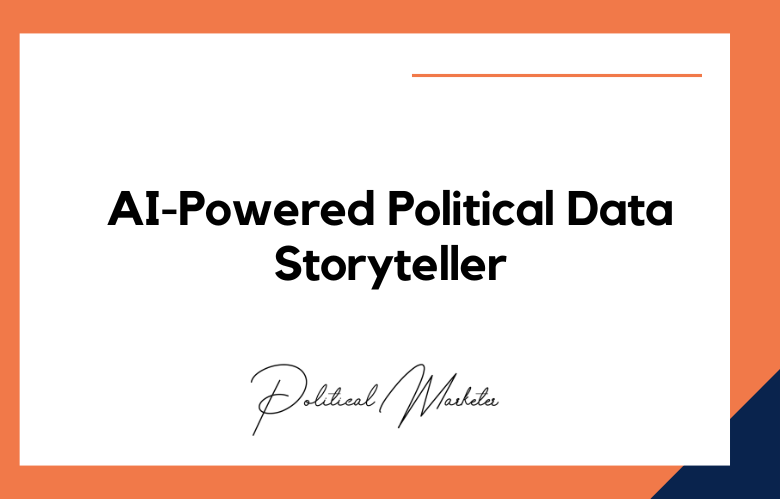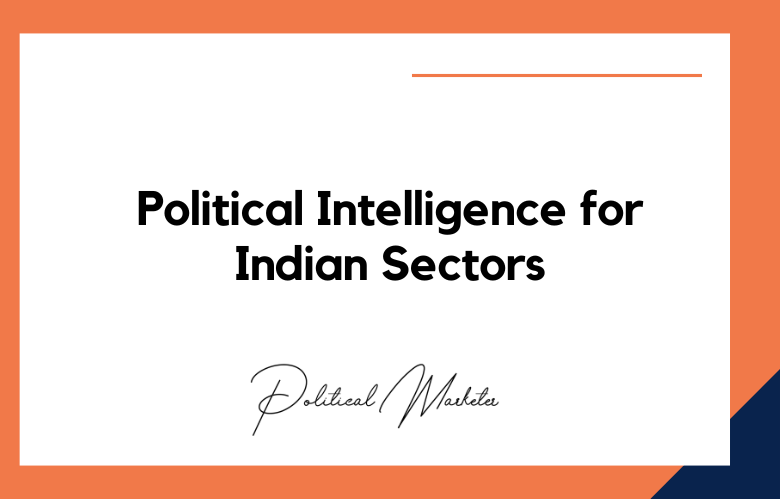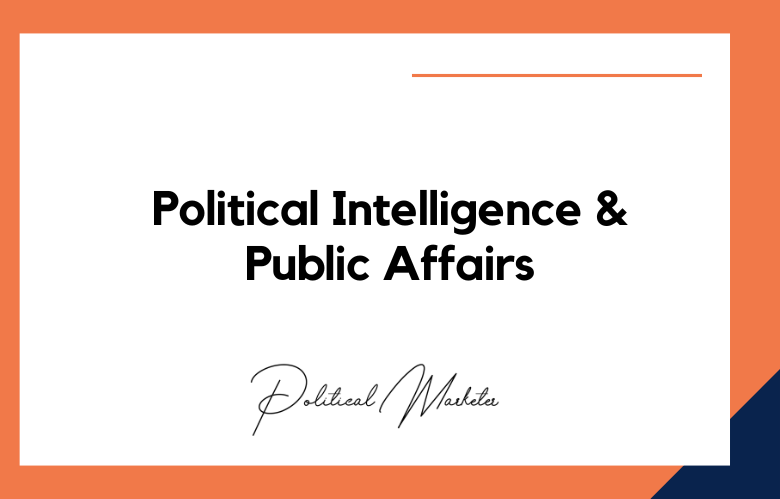Audience Segmentation is essential for understanding different groups of people and their needs. Personas can be developed by studying demographic information and interviewing targeted individuals.
In political marketing, it’s essential to understand the electorate and their needs to create targeted messages that resonate.
By understanding who voters are and what motivates them, campaigns can better allocate resources and focus on reaching key audiences.
Segmentation is technique companies use to divide a heterogeneous market into homogeneous groups or target markets. Demographic factors such as age, income, education level, race, location, or ethnicity can identify different segments.
Lifestyle factors such as interests, hobbies, and media consumption habits are used.
Segmentation is a process that involves dividing a population into homogeneous subgroups based on one or more variables. Regarding political marketing, segmentation can create target audiences for specific campaigns and messages.
By understanding the different groups that make up the electorate, campaigners can better focus their efforts on reaching key voters.
We will examine how segmentation can be used in politics and explore some essential voter segments. Stay tuned!
Segmentation is a process that allows you to divide your potential market into smaller, more manageable groups. This way, you can better understand and target each group’s needs and wants.
When it comes to political marketing, understanding your audience is critical to success. In this blog post, we’ll look at how you can segment your audience and how it can help your campaign.
Political marketing is a process that involves targeting specific segments of the population with messages and advertisements meant to persuade them to vote for a particular candidate or party.
Audience segmentation is an integral part of this process, and it involves dividing the population into groups based on factors such as age, gender, race, income, and political affiliation.
By understanding these different groups and what motivates them, campaigns can tailor their messages to resonate with sure voters. It can effectively increase support for a candidate or party and ensure victory on election day.
Political Marketing and Audience Segmentation
In political marketing, audience segmentation is critical. Identifying which groups of people are most likely to support your candidate or party is essential as tailoring your message accordingly. It can be a complex process, but it’s necessary to succeed in politics.
There is no one-size-fits-all approach to political marketing. Candidates must identify their target audiences and tailor their messages accordingly. This process is called audience segmentation.
Identifying target audiences is essential to any political marketing campaign. Without a clear understanding of who you are trying to reach, it becomes impossible to craft a compelling message. This process of identifying and targeting specific groups of voters is known as audience segmentation.
There is no one perfect way to market a political campaign. Instead, savvy marketers tailor their message to different audience segments. It allows them to build support among disparate groups and create a more effective overall campaign.
Marketers who understand this principle can create more successful political campaigns. By understanding the needs and wants of different audience segments, they can better formulate a plan that will engage and energize voters. Doing so can create a powerful political force that gets results.
Organizing your target audience into manageable segments is vital in any political marketing campaign. Without knowing who you’re trying to reach, crafting a message that will resonate with voters is impossible.
Fortunately, modern technology has made collecting data on potential voters easier. Along with traditional polling methods, social media and other online platforms can give you detailed insights into your audience, what they care about, and how they prefer to receive information.
With this knowledge, you can start crafting a political marketing strategy to ensure your message is heard loud and clear by the voters who matter most.
Political campaigns rely more on marketing techniques to target specific groups of voters. It is called audience segmentation.
Audience segmentation is a technique that political campaigns use to identify groups of voters that they want to target. Using poll data, campaign strategists can group voters by their demographics, interests, and opinions.
It allows campaigns to tailor their message to each group and hopefully persuade more people to vote for their candidate.
The field of political marketing is constantly evolving. The latest advances in audience segmentation allow campaign managers to target potential voters more accurately. It helps to ensure that each voter receives the most relevant information possible.
How to use audience segmentation in political campaigns
A successful political campaign involves many elements, and audience segmentation is one of the most important. By carefully targeting specific groups of voters, a campaign can ensure that its message resonates with the right people.
One of the best ways to segment your audience is by demographics such as age, gender, location, and income level. But you can also segment by psychological factors like personality type or values. Once you’ve identified your different segments, you can customize your message and approach to appeal to each.
With a well-executed audience segmentation strategy, you can run a more efficient and effective political campaign that reaches the right people with the right message.
One of the most important aspects of any political campaign is audience segmentation. This process allows campaigns to better target their messaging and advertising to specific groups of voters.
There are several different ways to segment an audience for a political campaign. One standard method is to look at demographics such as age, gender, race, and location. Another approach is to focus on issues that are important to different voters.
Audience segmentation can be hugely influential in running a political campaign. By tailoring the message to specific groups of voters, campaigns can increase their chances of winning elections.
By understanding your audience, you can craft a political campaign that appeals to their interests and needs. Segmenting your audience can help you narrowly focus your efforts for maximum impact.
Consider your target voter. What motivates them? What concerns them? Answering these questions can help you fine-tune your campaign message and better connect with voters.
Reaching out to voters can make all the difference in a campaign. Segmenting your audience allows you to do just that. Develop a plan to target key demographics and then execute it flawlessly.
Many political campaigns use some form of audience segmentation to target their message to specific groups. By dividing the electorate into smaller groups, campaigns can customize their message more effectively and effectively deliver more efficient advertising.
Audience segmentation can be a helpful tool in political campaigns. By targeting specific voters, campaigns can customize their message to appeal to these groups. It helps increase voters’ support and ultimately leads to election-day success.
Regarding political campaigns, audience segmentation can be a powerful tool. Targeting specific voters can effectively tailor their message and appeal to a broader range of people.
In addition, audience segmentation can also help campaign managers target particular media outlets and platforms that will reach the most significant number of potential voters.
Ways to use audience Segmentation in political Campaigns
- Segment your audience into different groups based on their age, location, income level, or political views
- Tailor your campaign message to each group to appeal to them specifically
- Use data analytics to determine which segments of the population are most likely to vote and target them with ads or other outreach methods
- Hold events or rallies specifically for specific groups within your audience
- Send targeted email campaigns and social media posts to specific segments of your audience
- Make sure your website and other online assets are tailors to each part of the population
- Collaborate with other organizations that may be able to reach specific segments of your audience more effectively than you can.
- Understand your target audience
- Identify the issues that are important to them
- Tailor your campaign message to resonate with them
- Use targeted advertising to reach them more effectively
- Mobilize supporters based on shared interests
- Analyze engagement data to fine-tune your strategy
- Tailor your news to specific groups
- Use data to target voters
- Mobilize your supporters
- Reach out to undecided voters
- Appeal to different demographics
- Avoid making assumptions about your audience
Conclusion
Audience segmentation is a critical tool for any political marketing campaign.
By understanding your audience and their needs, you can create targeted content that resonates with them and drives them to the polls.
Contact us to learn more about how our team can help you use audience segmentation in your next political marketing campaign – we’d be happy to share our expertise with you!
One way to get in touch is by filling out our online form on this site or give us a call at
+91 9848321284. Let’s work together today!











